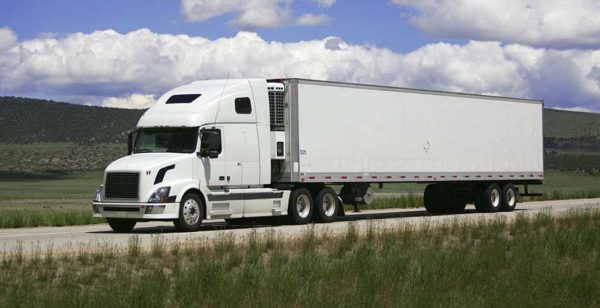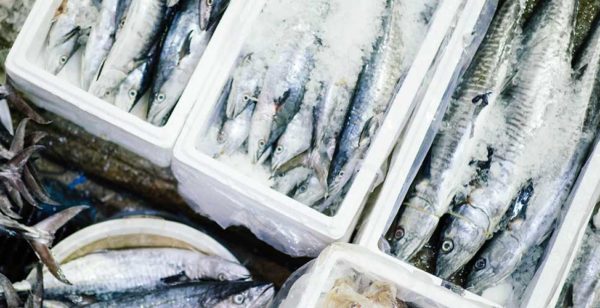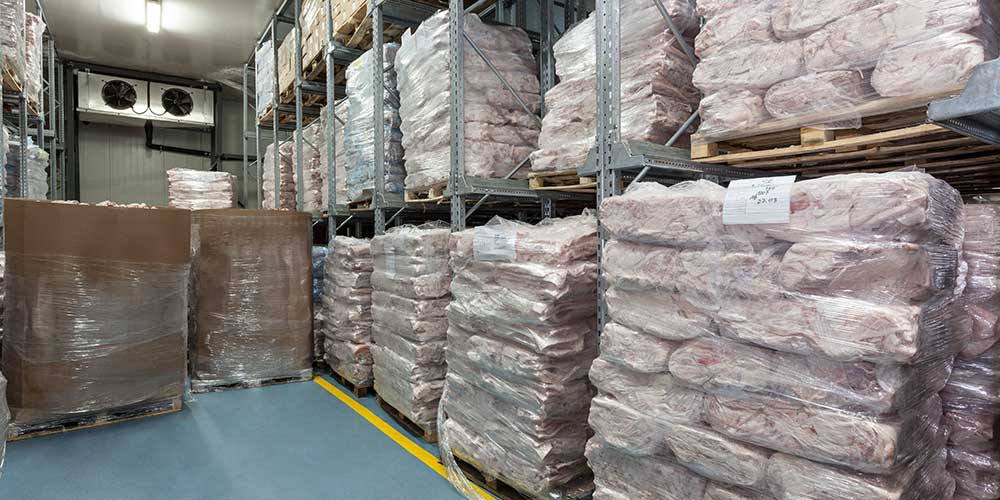 Traditional methods of meat preservation no longer required because of innovations in transportation.
Traditional methods of meat preservation no longer required because of innovations in transportation.
Traditionally, the removal of water and the addition of salt was used as a means to prevent the growth of bacteria and spoilage. Health-awareness means that today’s market does not have a high demand for dried or salted meat; everybody wants fresh meat products.
As international trade in meat and produce increases, many distributors no longer only aim at their local market. They target the global market. This means more time spent in transportation. Hygiene and safe storage becomes critical, from the abattoirs to the consumer’s plate.
 Meat can be transported by any means of transportation depending on the distance it needs to go to.
Meat can be transported by any means of transportation depending on the distance it needs to go to.
Fresh product that is to be distributed locally can be transported by road using refrigerated trucks. Fresh meat that needs to be transported to neighbouring countries, or even cities that are far but within the country, may require reefer rail services. In some cases, product may even be transported by air.
The handling and storage of product during transportation is crucial. The product cannot come into contact with other goods during transportation. To prevent spoilage, the containers are temperature-controlled and airtight.
Transportation of meat products has become cost-effective with the development of these newer technologies. Dial 1-877-742-2999 today and find out how we can help you get your valuable shipment to your customer safely and efficiently.


